Navigating Rising Cost Pressures in Food and Beverage Manufacturing: Tackling Supply Chain Challenges with Smart Scheduling
In the food and beverage (F&B) manufacturing landscape, plant managers find themselves at the nexus of rising input costs, volatile supply chains, and relentless consumer demand for quality and availability. The margins are tighter, the stakes are higher, and the pressure to produce more with less has never been greater.
From unpredictable raw material prices to delays in transportation and labor shortages, the modern supply chain is a minefield of uncertainty. These disruptions create ripple effects throughout the plant—driving up production costs, complicating inventory planning, and straining delivery schedules. But forward-thinking plant managers are finding a competitive edge through advanced planning and scheduling (APS) solutions like PlanetTogether, especially when integrated with ERP systems such as SAP, Oracle, Microsoft Dynamics, Kinaxis, or Aveva.
Let’s explore how strategic scheduling and intelligent system integration can help you tame rising costs and bring stability to your plant operations.
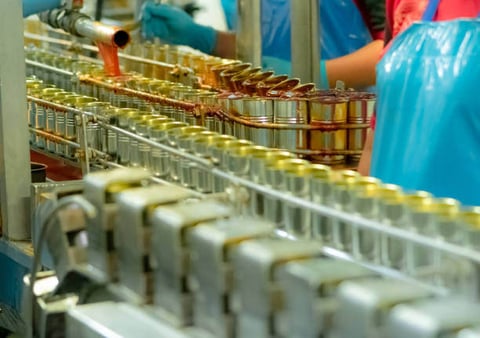
The Cost Pressure Crisis: What's Fueling the Fire?
The past few years have served as a wake-up call for manufacturers. Disruptions caused by the geopolitical instability, inflationary pressures, and extreme weather events have converged to expose the fragility of global supply chains. In the F&B sector specifically, this has translated into:
Fluctuating ingredient and packaging material costs: The price of commodities like wheat, sugar, oils, and dairy continues to swing unpredictably due to climate change and global demand shifts.
Transportation and logistics delays: Port congestion, trucker shortages, and fluctuating fuel prices add variability to delivery schedules and inbound supply reliability.
Labor challenges: Recruiting and retaining skilled workers for production and packaging lines remains difficult, further constraining capacity.
Tight regulatory and quality compliance: Any disruptions that lead to inconsistent production can trigger compliance risks, recalls, or spoilage, adding to financial strain.
These cost drivers, when unmanaged, cascade through the supply chain and land squarely on the plant floor—where plant managers must make critical decisions under pressure.
The Cost of Poor Planning: Waste, Downtime, and Lost Opportunities
The traditional planning methods in F&B manufacturing—spreadsheet juggling, reactive scheduling, and siloed communication—simply don’t cut it anymore. Without real-time visibility and coordination across departments, plants are exposed to:
Excess inventory holding costs due to over-ordering to buffer against uncertainty.
Stockouts and production delays from under-ordering or late deliveries.
Inefficient changeovers and poor line utilization, leading to wasted labor and energy.
Missed customer orders or late shipments, damaging brand trust and loyalty.
In short, rising costs are made worse by poor planning. The solution lies in optimizing production schedules in alignment with real-time supply chain data—a feat that’s only possible with an integrated APS solution.
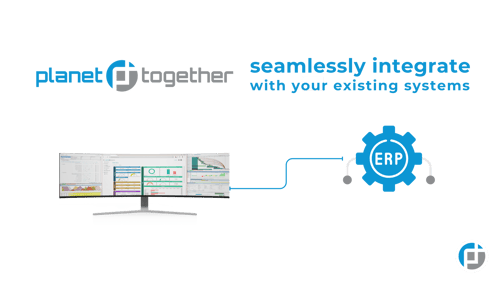
Enter PlanetTogether APS: A Strategic Weapon Against Rising Costs
PlanetTogether Advanced Planning and Scheduling (APS) software is built to help manufacturers like you thrive amidst complexity. By synchronizing production schedules with actual material availability, labor capacity, and order priorities, PlanetTogether empowers plant managers to make smarter, faster decisions.
But the real power comes when PlanetTogether integrates seamlessly with ERP systems like SAP, Oracle, Microsoft Dynamics, Kinaxis, or Aveva. This integration allows your APS solution to tap into real-time enterprise data, creating a dynamic, intelligent scheduling engine that reflects the true state of your business.
Here’s how this helps plant managers like you combat rising cost pressures:
Real-Time Visibility Across the Supply Chain
When PlanetTogether is connected to your ERP system, it can pull live data on material inventories, supplier lead times, and purchase order statuses. This gives you instant insight into what you have on hand, what’s arriving soon, and what’s at risk.
Example: If a shipment of sugar is delayed by a week, PlanetTogether automatically recalculates schedules to prioritize other SKUs that don’t require sugar, avoiding unplanned downtime and reallocating labor accordingly.
Scenario Planning to Navigate Supply Disruptions
Supply chain volatility doesn’t have to mean chaos. With scenario modeling in PlanetTogether, you can simulate different scheduling outcomes based on various inputs: What if a key ingredient is delayed? What if demand spikes for a seasonal product? What if two lines go down?
With integration to ERP systems like Kinaxis or Microsoft Dynamics, you can model these scenarios using accurate demand forecasts and inventory constraints, helping you make confident decisions that minimize cost impacts.
Reducing Waste and Energy Costs
F&B manufacturing is notoriously sensitive to spoilage, overproduction, and energy inefficiencies. By aligning production schedules with real-time demand and resource availability, PlanetTogether helps reduce unnecessary runs, changeovers, and idle times.
Integrated with SAP or Aveva, you can tie in plant performance metrics and energy usage data to further refine scheduling decisions. The result? Fewer rushed jobs, less spoilage, and leaner energy consumption—without compromising delivery timelines.
Improving Labor Utilization
Labor is one of your most controllable—but under-leveraged—cost levers. PlanetTogether allows you to schedule production runs in a way that aligns with shift availability and skill sets, reducing overtime and underutilization.
When connected to your Oracle HCM or Microsoft Teams scheduling tools, you gain a complete view of who’s available, when, and for what tasks—turning labor planning into a strategic advantage.
Better Collaboration Between Teams
Cost control isn’t a solo sport. It requires synchronized action between procurement, production, logistics, and sales. PlanetTogether facilitates collaboration by providing a centralized, visual platform that all stakeholders can access.
Thanks to integration with systems like Aveva or SAP S/4HANA, your team can operate from a single source of truth—eliminating silos, reducing miscommunication, and ensuring that everyone is working toward the same goals: on-time delivery, lower costs, and happy customers.
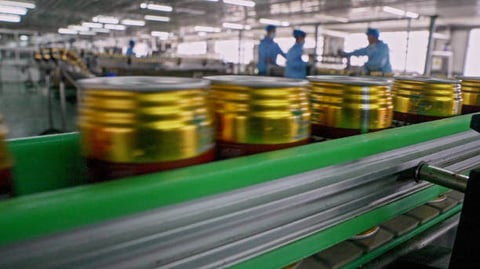
Real-World Results: A Case in Point
A mid-sized beverage manufacturer integrated PlanetTogether with their Microsoft Dynamics ERP to address rising costs driven by raw material delays and inefficient line changeovers. Within six months, they reported:
18% reduction in production downtime
12% improvement in on-time order fulfillment
$250,000 in cost savings from optimized scheduling and inventory planning
This transformation didn’t require a massive overhaul—just smarter use of the systems they already had, supercharged by PlanetTogether.
The Path Forward for Plant Managers
The message is clear: You can’t control global supply chain disruptions, but you can control how your plant responds to them. Rising costs don’t have to eat into your margins or limit your flexibility.
With PlanetTogether APS integrated with your ERP, you can:
Make proactive, data-informed decisions
Reduce waste and inefficiency
Improve collaboration across the supply chain
Turn scheduling into a strategic advantage
The plant managers who lead with agility and insight will be the ones who thrive in this era of supply chain complexity.
Ready to take control of your plant’s performance amidst rising cost pressures?
Explore how PlanetTogether’s seamless integration with SAP, Oracle, Microsoft, Kinaxis, or Aveva can help your team reduce costs, boost productivity, and keep your customers satisfied—no matter what the supply chain throws your way.
Topics: PlanetTogether Software, Integrating PlanetTogether, Food and Beverage Manufacturing, Real-Time Visibility Across the Supply Chain, Scenario Planning to Navigate Supply Disruptions, Improving Labor Utilization, Better Collaboration Between Teams







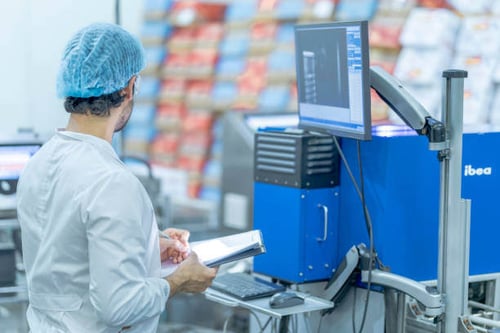
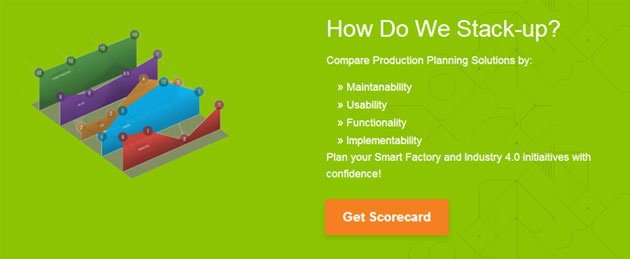
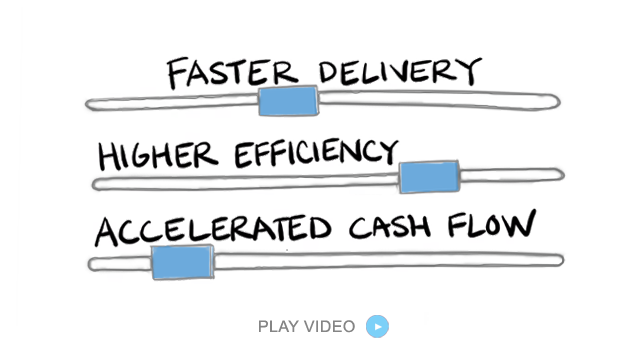











LEAVE A COMMENT